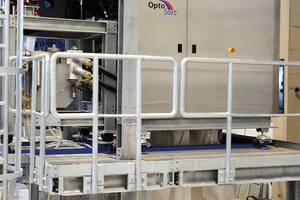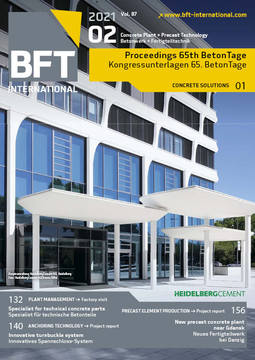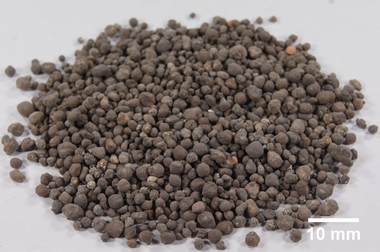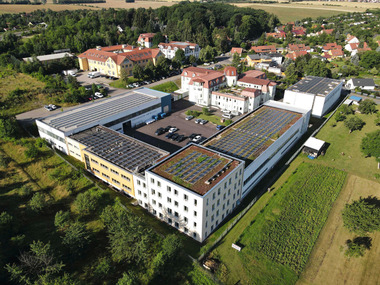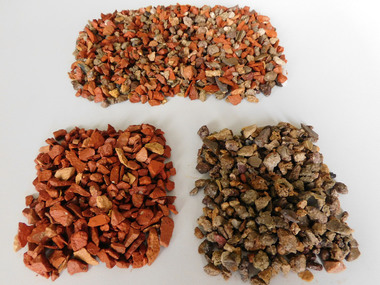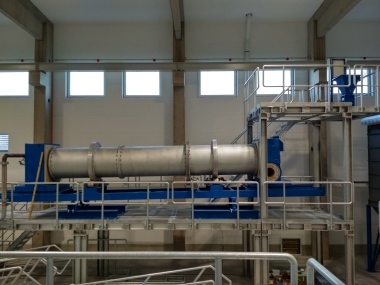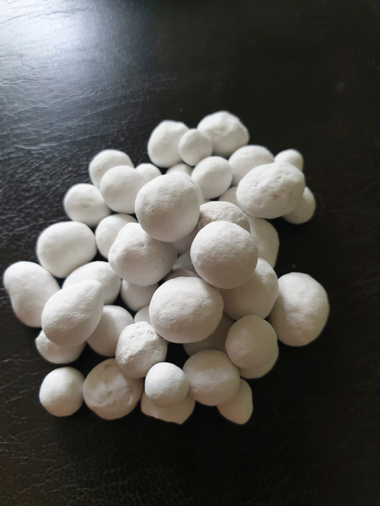Future recycling technologies for lightweight concrete
Resource efficiency and ramped-up recovery and reuse are among today’s major challenges
for all raw-materials processing sectors. The construction industry in particular has a pivotal
role here. The challenge is to route construction
rubble to high-quality reutilization, whereby
examination is conducted of the coarse and fine fractions that result during initial steps of processing. From the fine fractions,
hydraulically bound recycling particles, self-compacting dry mortar products and binders for soil stabilization can be developed. The coarse fractions are suitable for use as aggregate
for concrete. Innovative screening techno-logies improve the quality of the recycling
aggregates and secondary raw materials.
The Weimar Institute of Applied Construction
Research (IAB), jointly with OptoSort GmbH
from Klagenfurt (Austria), has developed
a robust free-fall sorting system for separating mineral construction and demolition wastes as well as downstream ejection of impurities. By coupling hyperspectral near-infrared technology and color recognition as well as simultaneous observation of all particle surfaces, recyclables and/or impurities are recognized and sorted with a high recovery quota. A free-fall sorting plant with recognition systems coupled in this way and with detectors arranged on both sides of the free-falling flow of construction rubble has until today not been available worldwide.
This innovative technological approach not only compensates for the disadvantages of individual technologies, but guarantees improved materials recognition with constant high and type-pure screening performance. Investigation of the limits of application and the derivation of general relationships (particle size, color,
NIR spectrum, surface characteristics of particle and texture,
adhesion of dust, etc.) are investigated within the scope
of the research work. The chemical and mineralogical compositions of the construction materials are
correlated with the spectra
and form the basis for making construction rubble sorting more effective,
increasing separating effi-ciency and opening new paths for utilization for the generated secondary raw materials.

